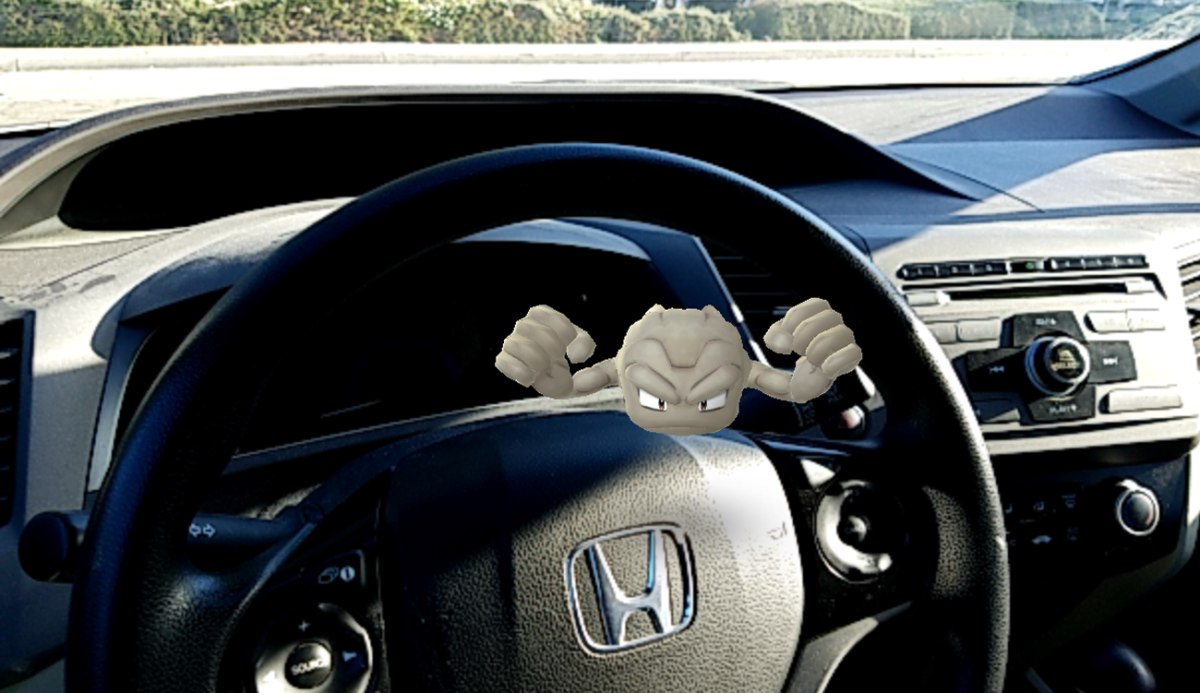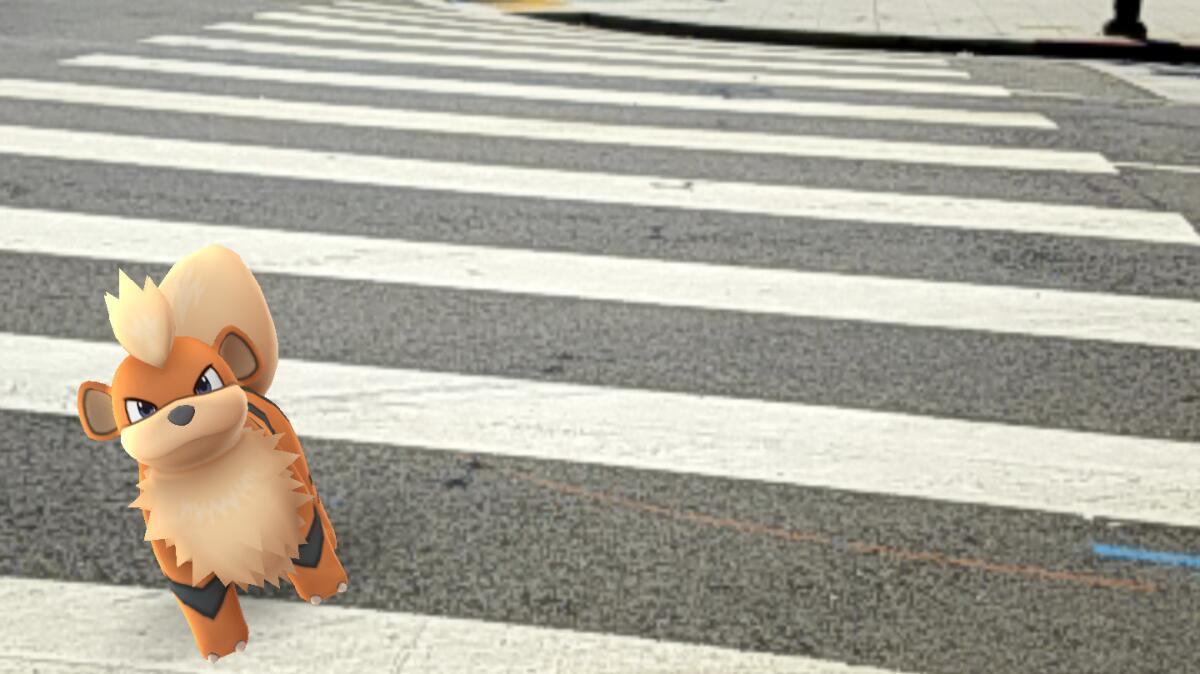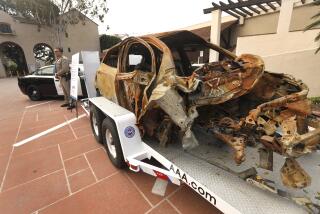10,000 instances of distracted driving a day are due to ‘Pokemon Go’

- Share via
Experts have made it official: “Pokemon Go” and driving do not mix.
A new study in the journal JAMA Internal Medicine says the augmented reality game plays a role in roughly 10,000 instances of distracted driving each day, according to reports made on Twitter.
As their tweets reveal, “Pokemon Go” players can be relentlessly determined to catch ’em all.
So much so that some may be tempted to break the rules of the road ...
and even the game ...
Confessionals like this have caused public health researchers to lament the dangers posed by “Pokemon Go” players who are so dedicated to their quests that they keep playing even when they get behind the wheel or step into traffic.
To advance in the game, players must move around in the real world, collecting items from physical landmarks and battling at virtual Pokemon Gyms near their actual location. The app took the country by storm when it was released on July 6, and many applauded the game’s success in encouraging outdoor physical activity. (Some researchers also jumped on the craze by turning players into citizen scientists.)
But there was a cost: Many players, especially younger ones, engaged dangerously with the app, according to the report published on Friday. More than 100,000 “Pokemon Go” players potentially risked injury or death while playing the popular mobile game — all in just 10 days, the study found.
See the most-read stories in Science this hour »
“Mobile phone calls or text messaging spontaneously occur and can be ignored while driving, but in the case of ‘Pokemon Go,’ drivers may be getting into their car with the explicit purpose to play,” study coauthor Jon-Patrick Allem, a social scientist at USC’s Keck School of Medicine, said in a statement.
To assess how the game might influence drivers and pedestrians, researchers mined Twitter for posts containing the words “Pokemon” and some form of the word “drive” or “car” between July 10 and 19. They obtained almost 350,000 tweets.
Then they randomly selected 4,000 of them and analyzed their content. They found that one-third of them described a situation where a driver or passenger was playing the game, or a pedestrian had a run-in with a car while while playing.
My mom just legit stopped the car in the middle of the road to catch a Pokemon.
Extrapolating from their sample, they calculated that more than 10,000 people reported a “Pokemon Go”-related incident on Twitter each day during that 10-day period.
Safety messages appeared in another 13% of the tweets.
The remaining tweets were either unclear, hypothetical or unrelated.
Slicing up the tweets from distracted “Pokemon Go” players:
- 18% were about drivers — My mom just legit stopped the car in the middle of the road to catch a Pokemon.
- 11% were about passengers — Just made sis drive me around to find Pokemon.
- 4% were about pedestrians — Just saw a kid get clipped by a car trying to catch Pokemon.
(Researchers modified the language of the tweets to protect the privacy of players, they said.)

An examination of Google News results from July 10-20 turned up 14 reports of car crashes related to the game, including one about a player who drove his car into a tree, according to the study.
The game can pose a dangerous distraction even when a passenger is playing, the researchers said.
“We see reports of passengers asking drivers to quickly stop or change direction to aid play,” Jurek Grabowski, research director of the AAA Foundation for Traffic Safety and study coauthor, said in a statement. “Unlike other games that occupy passengers to the benefit of the driver, ‘Pokemon Go’ is potentially moving passengers into the driver’s seat, and that’s a deadly combination.”
Given the distraction posed by the app — and other games like it — the researchers suggest that “Pokemon Go’s” creators should “voluntarily make their game safer.”
The game already disables certain features when players travel above about 10 mph. The app also issues cautions when the game is loading and when players breach its speed limit.
But the study authors argue that more substantial restrictions should be considered for augmented reality games such as “Pokemon Go.” For instance, a game could shut itself off if a driving speed is reached. It could also be disabled in roads, parking lots or other places where pedestrians are more likely to be near moving cars, they wrote.
Considering the newness of augmented reality games, the authors conclude, now is the time to “develop appropriate controls” before people develop bad habits.
They’re not the only ones who think so. In August, the California Assembly proposed extending a state law against texting while driving so it would prohibit motorists from holding and operating a cellphone for any reason.
Follow me on Twitter seangreene89 and “like” Los Angeles Times Science on Facebook.
When it’s too noisy for bats to listen for their prey, they use echolocation to hunt instead
Oh, hey, Milky Way: Gaia reveals map of more than 1 billion stars in our galaxy
Donald Trump gets the Dr. Oz treatment (or Oz gets the Trump treatment)







